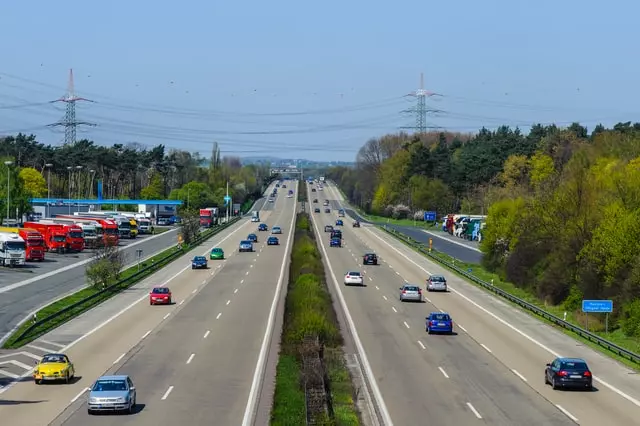Solar Montana companies are transforming the way energy is produced and consumed. The shift toward renewable energy is becoming more important each year. Solar power offers a sustainable and cost-effective solution to rising energy demands. Companies specializing in solar energy are driving this change through innovation and strategic growth.
Solar companies focus on converting sunlight into electricity through photovoltaic technology. These systems capture solar energy using solar panels and convert it into usable power. The efficiency of solar panels has significantly improved over the years. Advancements in panel design and materials have made solar energy more accessible.
Installation of solar panels requires specialized knowledge and precise execution. Solar companies handle the entire process from assessment to installation. Site evaluation ensures that panels are positioned for maximum sunlight exposure. Professional installation ensures long-term efficiency and performance.
Maintenance and monitoring are essential for optimal solar system performance. Solar companies provide regular system checks to identify potential issues. Monitoring technology allows real-time tracking of energy production. Prompt maintenance preserves the efficiency of the system.
Battery storage solutions have become a key focus for solar companies. Storing excess energy allows for power availability even during low sunlight periods. Advanced battery technology increases storage capacity and lifespan. Reliable storage systems improve energy independence.
Solar companies are also investing in smart grid technology. Smart grids allow for more efficient distribution of solar energy. They balance supply and demand in real-time. This technology reduces energy waste and increases grid stability.
Financial incentives have made solar installations more appealing. Solar companies help clients access rebates and incentives to reduce costs. Lower installation costs increase the attractiveness of solar energy. Financial support accelerates the transition to renewable power.
Customized solar solutions are becoming more common. Solar companies design systems based on the specific needs of clients. Factors like roof size, sun exposure, and energy consumption are considered. Tailored solutions maximize energy production and cost savings.
Hybrid solar systems combine solar panels with other renewable sources. Wind or hydro energy complements solar power to ensure consistent supply. Hybrid systems reduce dependency on a single source of energy. This approach enhances overall energy resilience.
Technological improvements are driving down the cost of solar energy. Mass production of solar panels reduces manufacturing expenses. Advances in material science increase panel durability and efficiency. Lower costs make solar energy more competitive with traditional sources.
Solar companies are also focusing on portable solar solutions. Small, lightweight panels provide energy for remote locations and emergency situations. Portable systems increase access to renewable energy. They offer flexibility and convenience for diverse energy needs.
Community solar projects allow multiple users to benefit from shared solar systems. Solar companies manage these projects to provide affordable energy to participants. Shared solar reduces the cost of individual installations. This approach expands access to solar power for more people.
Education and awareness campaigns are part of solar company strategies. Informing the public about the benefits of solar energy increases adoption rates. Transparency about costs and savings builds trust. Educated consumers are more likely to invest in solar systems.
Corporate partnerships with solar companies are increasing. Businesses seek to reduce energy costs and improve sustainability. Solar installations on commercial properties provide long-term savings. Corporate adoption accelerates the overall transition to solar energy.
Innovation in solar panel materials enhances efficiency and longevity. New materials capture more sunlight and convert it into electricity more effectively. Improved durability increases the lifespan of solar systems. Enhanced materials reduce maintenance costs over time.
Floating solar farms are emerging as a new trend. Panels installed on water bodies maximize available space. They reduce evaporation and increase panel efficiency through cooling. Floating solar expands the potential for solar energy production.
Solar companies are also exploring thin-film solar technology. Thin-film panels are lighter and more flexible than traditional panels. They are suitable for irregular surfaces and portable applications. Thin-film technology increases installation versatility.
Residential solar adoption continues to rise. Homeowners seek to reduce energy bills and increase property value. Solar companies offer financing options to make installations more accessible. Growing residential demand strengthens the solar market.
Energy independence is a major goal for solar companies. Reducing reliance on centralized grids increases resilience. Solar systems with battery storage provide backup during outages. Independent energy production enhances security and reliability.
Environmental benefits drive interest in solar energy. Solar power reduces carbon emissions and dependence on fossil fuels. Clean energy improves air quality and reduces pollution. Environmental awareness increases support for solar projects.
Solar companies are also addressing recycling challenges. End-of-life panels require responsible disposal and material recovery. Recycling initiatives recover valuable materials for reuse. Sustainable disposal practices support the long-term viability of solar energy.
Advances in solar tracking systems increase energy capture. Trackers adjust panel angles to follow the sun’s path. Dynamic positioning maximizes sunlight exposure throughout the day. Improved tracking technology boosts overall energy production.
Virtual power plants integrate solar systems into a connected network. Solar companies manage these networks to balance supply and demand. Virtual power plants increase grid stability and energy efficiency. This approach strengthens the resilience of renewable energy systems.
Solar companies are partnering with construction firms for integrated solar solutions. New buildings are designed with built-in solar systems. Structural integration improves efficiency and aesthetic appeal. Integrated solutions streamline the adoption of solar power.
Advancements in solar software enhance system management. Real-time data allows for immediate performance adjustments. Predictive analytics improve maintenance scheduling and efficiency. Smart software increases the overall reliability of solar systems.
Government policies play a key role in solar adoption. Solar companies engage with policymakers to shape favorable regulations. Incentives and tax benefits encourage investment in solar energy. Policy support accelerates the growth of the solar industry.
Emerging markets present new opportunities for solar companies. Expanding access to solar power increases global energy equity. Off-grid solutions provide power to remote and underserved areas. Growth in new markets strengthens the solar industry’s reach.
Research into solar efficiency continues to drive innovation. Scientists explore new materials and cell designs. Increased efficiency lowers costs and improves performance. Research breakthroughs push the boundaries of solar potential.
Solar companies are also addressing energy storage limitations. Improving battery technology increases storage capacity and lifespan. Efficient storage solutions reduce reliance on the grid. Enhanced storage improves the consistency of solar power supply.
Public-private partnerships support large-scale solar projects. Collaboration increases funding and resource availability. Joint projects accelerate the deployment of solar infrastructure. Partnerships strengthen the foundation of the solar industry.
Artificial intelligence is enhancing solar performance. AI systems analyze weather patterns and adjust panel positions. Predictive maintenance reduces downtime and repair costs. AI-driven optimization increases overall energy output.
Solar companies are also developing transparent solar panels. Transparent cells allow for dual-use installations on windows and surfaces. Multi-functional panels expand installation possibilities. Transparent technology increases solar potential in urban areas.
Solar companies face challenges in scaling production. Expanding manufacturing capacity requires significant investment. Balancing cost reduction with quality control is essential. Strategic growth ensures long-term market competitiveness.
Consumer trust plays a crucial role in solar adoption. Transparent pricing and clear communication build confidence. Educated customers make informed decisions about solar investments. Trust strengthens long-term relationships with clients.
The future of solar energy remains promising. Continuous innovation and strategic growth drive industry progress. Increased adoption of solar energy reduces global reliance on fossil fuels. Solar companies are positioned to lead the renewable energy revolution.

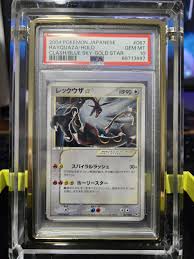


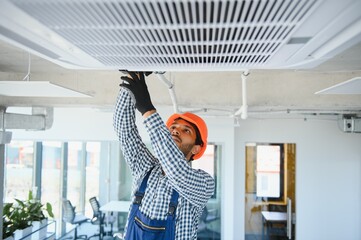
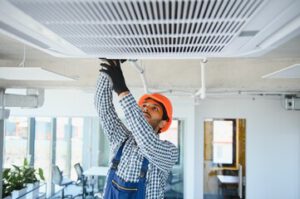
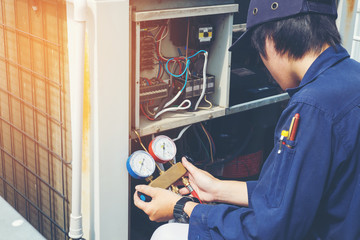
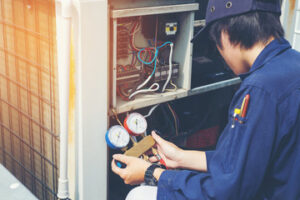 Proper HVAC system maintenance is essential to ensure it operates at peak efficiency. Cleaning air filters and keeping outdoor units clear of debris are easy, do-it-yourself maintenance tasks that will benefit your home’s heating and cooling system.
Proper HVAC system maintenance is essential to ensure it operates at peak efficiency. Cleaning air filters and keeping outdoor units clear of debris are easy, do-it-yourself maintenance tasks that will benefit your home’s heating and cooling system. 